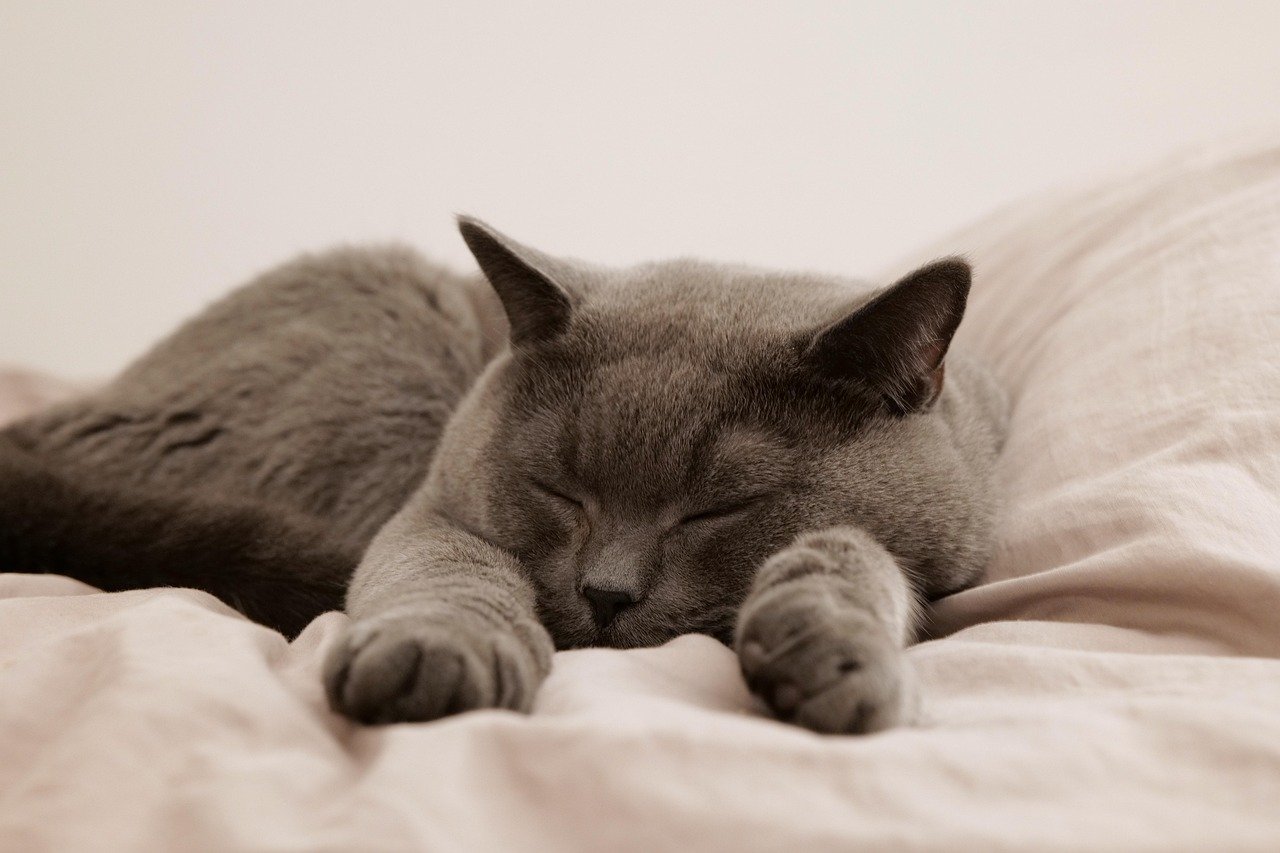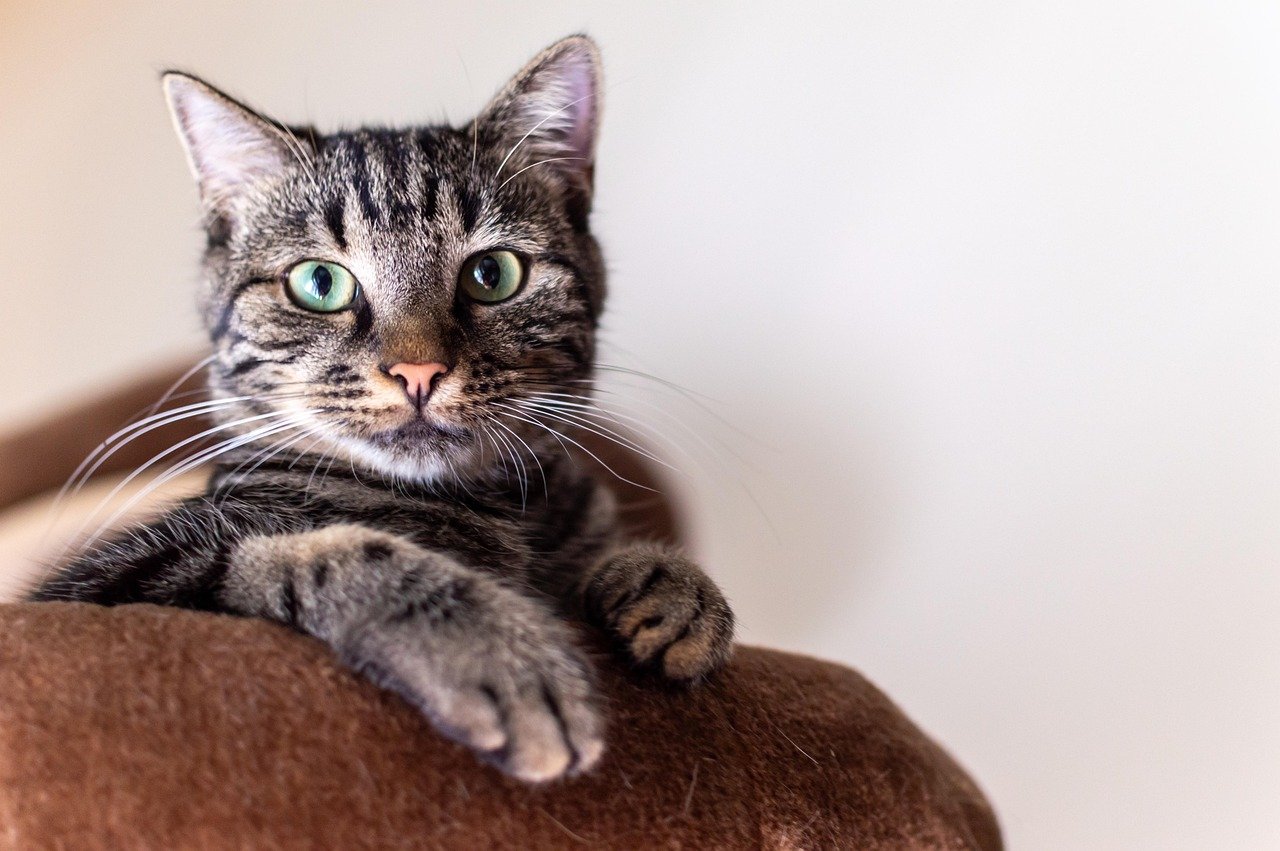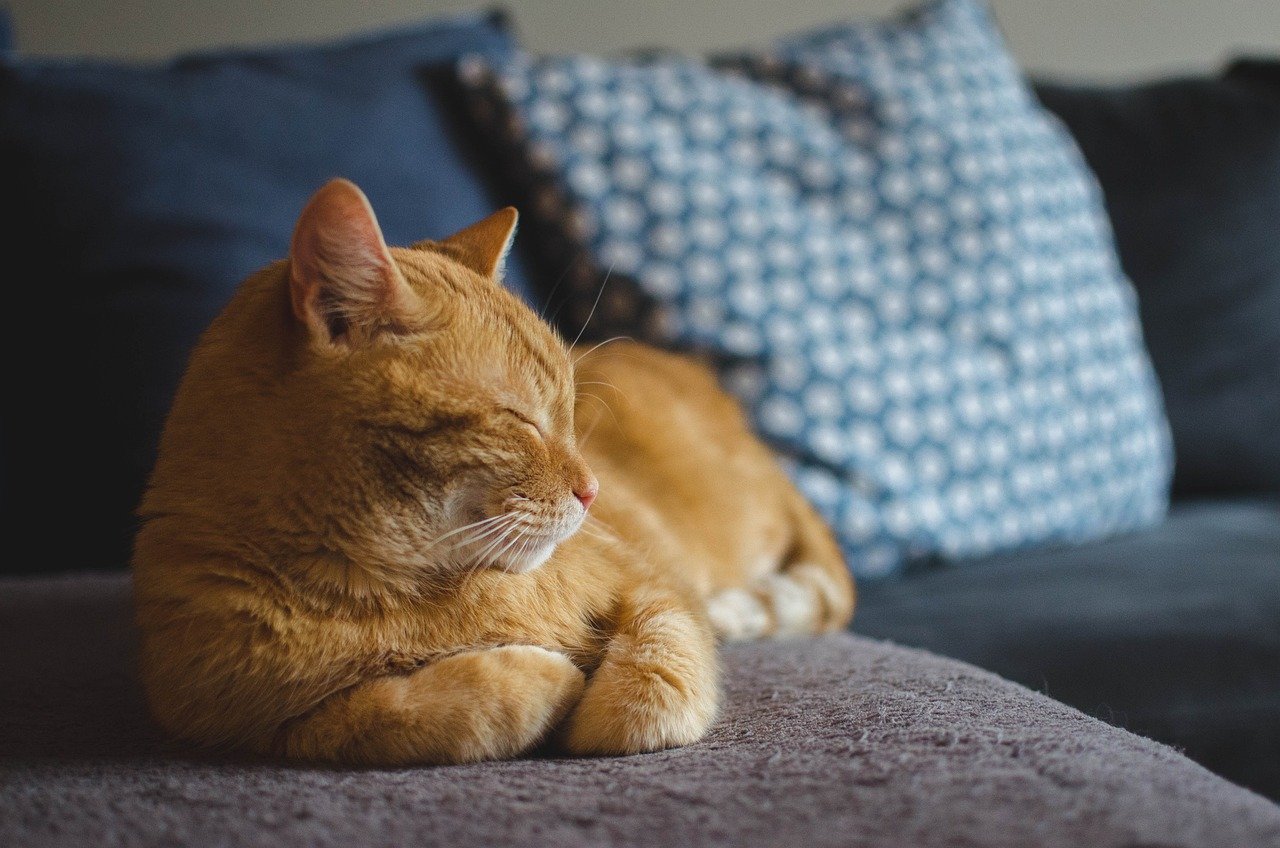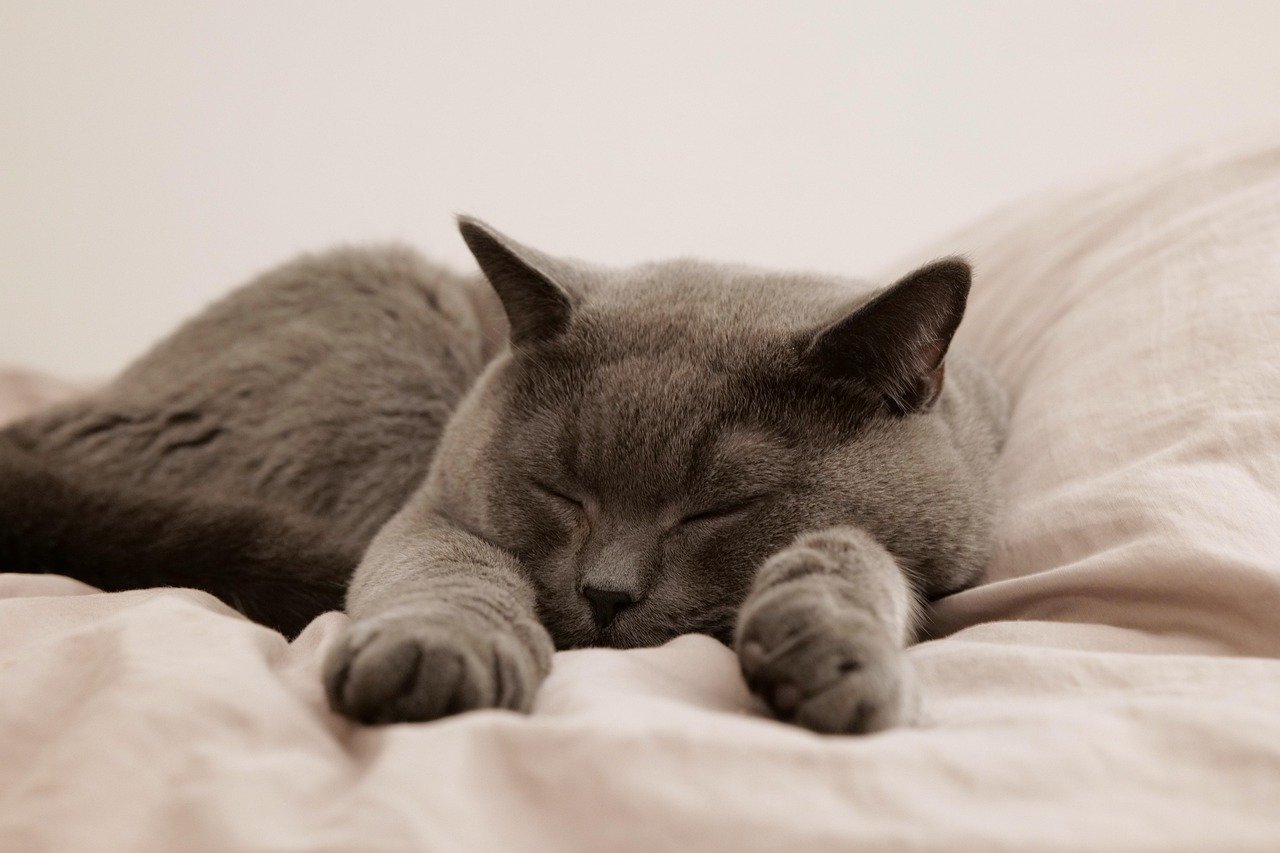Have you ever watched your cat suddenly spring to life in the middle of the night, eyes wide and tail flicking, only to find them snoozing peacefully all afternoon? If you’ve ever wondered what makes your feline friend tick—or should we say, nap—there’s a fascinating world behind their daily routines. Welcome to the mysterious world of circadian rhythms in cats, where ancient instincts meet modern living. Let’s embark on a journey to discover what drives your cat’s sleep-wake cycles and why understanding them might just transform your bond with your whiskered companion.
The Science Behind Circadian Rhythms

Circadian rhythms are the internal clocks that guide many living creatures, including humans and cats, through a 24-hour cycle of biological processes. For cats, this rhythm orchestrates everything from sleeping and eating to playing and hunting. Unlike humans, whose circadian rhythm is tightly linked to the sun’s rising and setting, cats have developed a unique pattern that’s tailored to their ancient hunting roots.
At a biological level, circadian rhythms are managed by a part of the brain called the suprachiasmatic nucleus (SCN). This tiny cluster of cells acts like an orchestra conductor, ensuring every bodily function is in sync with the time of day. In cats, this means periods of intense activity are followed by long stretches of rest, reflecting their natural hunting and survival strategies. Understanding this inner clock can help cat owners make sense of their pets’ sometimes baffling behaviors.
How Cats Experience Day and Night
Cats are neither strictly diurnal (active during the day) nor nocturnal (active at night); instead, they are crepuscular. This means their peak activity times are during dawn and dusk. These crepuscular tendencies are rooted in their wild ancestors, who found these times perfect for hunting when prey was abundant and larger predators were less active.
Because of this, you might notice your cat becoming most playful or demanding just as you’re trying to relax in the evening or when your alarm goes off in the morning. This pattern can seem odd to us humans, but for cats, it’s simply what feels most natural. Living inside our homes hasn’t erased these habits; if anything, the comfort and safety of domestic life may accentuate them.
Why Cats Sleep So Much

It’s no secret—cats are professional nappers. On average, a healthy adult cat can sleep anywhere from 12 to 16 hours a day, with kittens and elderly cats clocking even more rest. This isn’t laziness; it’s a finely tuned adaptation for survival. In the wild, expending energy chasing prey requires plenty of rest to recharge.
Cats’ sleep is not always deep, either. Much of it is light sleep, allowing them to wake quickly if they sense a threat or opportunity. These micro-naps are sprinkled throughout the day and night, with deeper sleep cycles occurring during quieter, safer hours. Watching your cat doze with one ear twitching? That’s their circadian rhythm at work, keeping them ever-ready for action.
Signs Your Cat’s Circadian Rhythm Is Off

Sometimes, life with humans can throw a cat’s natural rhythms out of balance. You may notice your cat becoming restless at night, meowing loudly, or displaying sudden bursts of energy at odd hours. These signs can indicate their circadian clock is out of sync—often due to changes in routine, new environments, or even underlying health issues.
Other indicators include changes in appetite, lethargy during normal playtimes, or increased irritability. If your normally playful cat suddenly becomes sluggish or a calm cat turns hyperactive at midnight, it’s worth paying attention. These shifts often signal that something in their environment—or even their health—needs to be addressed to restore their natural balance.
The Role of Light in Feline Sleep Cycles
Light plays a powerful role in regulating your cat’s internal clock. Just as sunlight helps set our own circadian rhythms, cats rely on changes in light to trigger periods of wakefulness and rest. In nature, sunrise and sunset would signal when it’s time to hunt or hide. Indoors, artificial lighting can sometimes confuse this process, especially if lights are left on late into the night.
Keeping a regular schedule with natural light exposure can help your cat maintain a healthy rhythm. Opening curtains during the day and dimming lights in the evening can mimic the natural transitions they’d experience outdoors. For cats with little access to windows, even a consistent household lighting schedule can make a big difference.
Feeding Times and Their Impact
Believe it or not, when you feed your cat can shape their sleep-wake patterns. Cats are creatures of habit, and regular meal times serve as cues for their internal clocks. Feeding your cat just before bedtime can sometimes encourage them to settle down for the night, while unpredictable meal times may lead to restlessness or begging at odd hours.
If your cat wakes you up at dawn with insistent meows for breakfast, they’re responding to both their circadian rhythm and learned expectations. Creating a routine around feeding not only supports their natural rhythms but can also make life more predictable for both of you. Some owners even use timed feeders to help establish a steady pattern.
How Age Affects Feline Sleep Patterns

A kitten’s world is a whirlwind of play and sleep, with naps often taking up more than 20 hours of their day. As cats mature, their sleep needs gradually decrease, but their circadian rhythm remains a guiding force. Senior cats may revert to kitten-like sleep habits, dozing more frequently due to changes in metabolism, health, or comfort needs.
Age can also bring about shifts in sleep quality. Older cats might wake more easily, sleep less soundly, or develop conditions like cognitive dysfunction that disrupt normal patterns. Observing changes in your cat’s sleep-wake behavior as they age can offer important clues to their overall health and well-being.
Stress and Disruption: What Throws Off Cat Rhythms?
Cats are sensitive creatures, and even small changes in their environment can send their rhythms into disarray. Moving to a new house, adding a new pet, or even a change in your work schedule can cause anxiety and disrupt sleep patterns. Stress can lead to excessive grooming, vocalization, or hiding—all signs that your cat’s circadian clock is struggling.
Noise, visitors, or sudden changes in household routines can also contribute to sleep disturbances. Creating a stable, predictable environment with cozy, safe spaces for rest can go a long way in helping your cat find their natural rhythm again. Sometimes, a little extra patience and understanding can make all the difference.
Can You Reset a Cat’s Clock?
Just as jet lag throws off our internal clocks, cats can experience disruptions that need a gentle reset. Gradually shifting feeding, play, and sleep times can help nudge your cat back into a healthy pattern. Avoid abrupt changes; instead, make small adjustments over several days to support their natural instincts.
Encouraging play during daylight hours and providing quiet, dim spaces at night can reinforce the right cues. Some owners find that interactive toys or treat puzzles in the evening help burn off excess energy, making bedtime smoother for both cat and human. Consistency is key—your cat will thank you for it.
How Outdoor and Indoor Cats Differ
Outdoor cats have the benefit of natural cues from the sun and environment, which often keeps their rhythms more aligned with the real world. They’ll hunt, nap, and patrol in tune with changes in light and temperature. Indoor cats, on the other hand, depend on their owners to provide structure and environmental cues.
Living indoors can sometimes blur the lines between day and night for cats, especially if they don’t have access to windows or regular playtime. Providing enrichment, scheduled feeding, and exposure to natural light can help your indoor cat stay in touch with their ancient instincts, even within four walls.
Recognizing Sleep Disorders in Cats
While cats are expert sleepers, they’re not immune to sleep disorders. Symptoms like frequent waking, loud vocalizations at night, difficulty settling, or excessive daytime sleepiness can signal underlying issues. Sometimes, these problems stem from stress, medical conditions, or even boredom.
If your cat’s sleep patterns change suddenly or dramatically, it’s important to consult with a veterinarian. Ruling out illnesses like hyperthyroidism, pain, or anxiety is a crucial first step. With the right care, most cats can return to their natural, healthy rhythms and enjoy the restorative sleep they need.
Ways to Support Healthy Sleep-Wake Cycles
There are plenty of practical steps you can take to help your cat maintain balanced sleep-wake cycles. Ensuring access to cozy sleeping spots, offering stimulating toys to encourage activity during the day, and keeping a consistent routine all play vital roles. Avoiding late-night disruptions and respecting your cat’s need for quiet rest can make a big difference.
Consider introducing window perches or safe outdoor enclosures to provide natural light and entertainment. If your cat seems restless at night, try adding more interactive play sessions during the day to burn off energy. Remember, supporting your cat’s circadian rhythm isn’t just about sleep—it’s about nurturing their overall happiness and well-being.
The Emotional Connection: Why It Matters for You and Your Cat
Understanding your cat’s sleep-wake cycles isn’t just a matter of science; it’s a window into their emotional world. When you respect and support their natural rhythms, you’re showing love and empathy in a language your cat understands. This mutual understanding can reduce frustration and deepen the unique bond between you and your pet.
A well-rested, content cat is more likely to be affectionate, playful, and engaged with their human family. You might find that your own stress levels drop when you’re in tune with your cat’s needs. After all, sharing a life with a cat is about harmony—not just between your schedules, but between your hearts. Would you have guessed that something as simple as a nap could be the key to a happier home?

Linnea is a born and bred Swede but spends as much time as possible in Cape Town, South Africa. This is mainly due to Cape Town’s extraordinary scenery, wildlife, and atmosphere (in other words, because Cape Town is heaven on earth.) That being said, Sweden’s majestic forests forever hold a special place in her heart. Linnea spends as much time as she can close to the ocean collecting sea shells or in the park admiring puppies.






